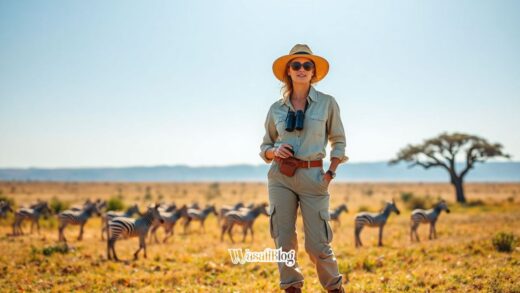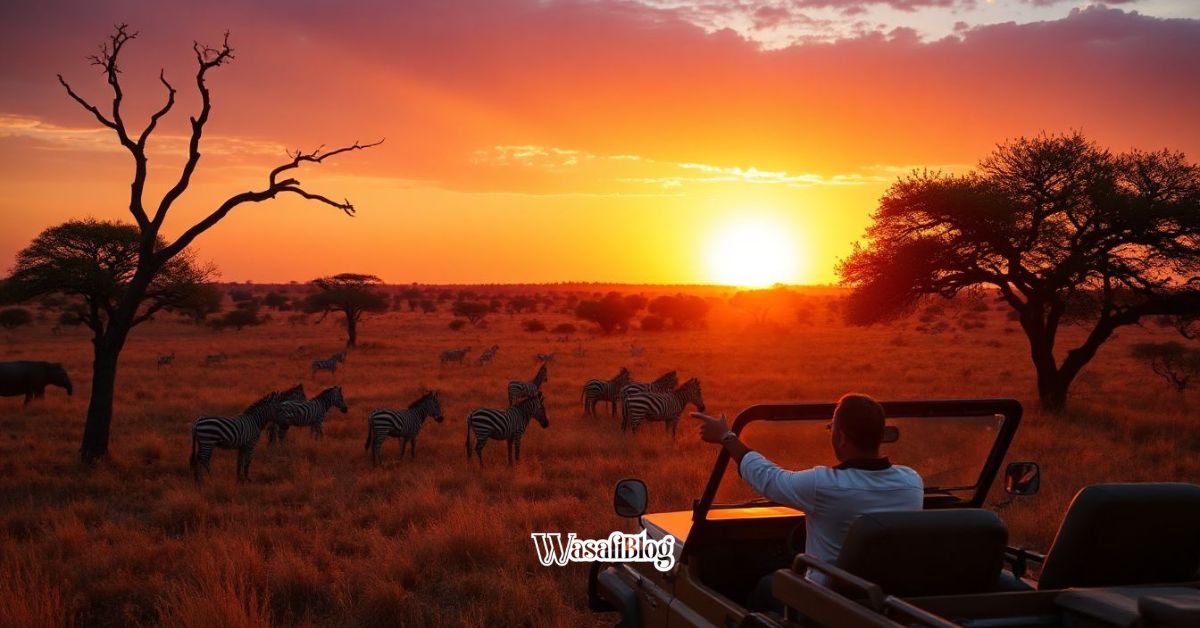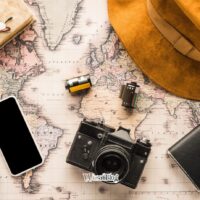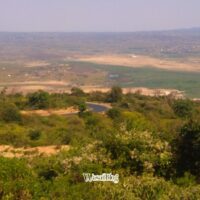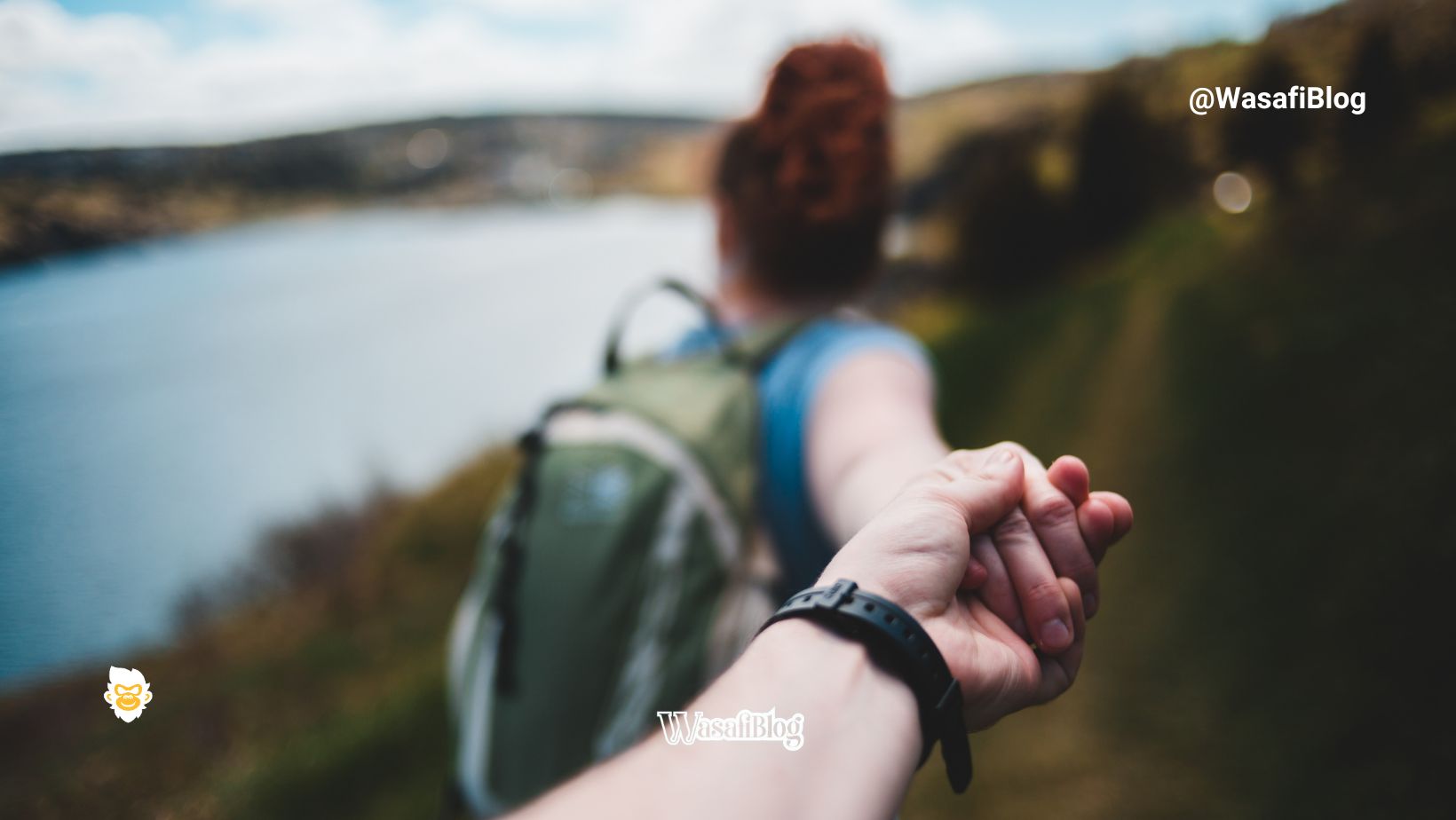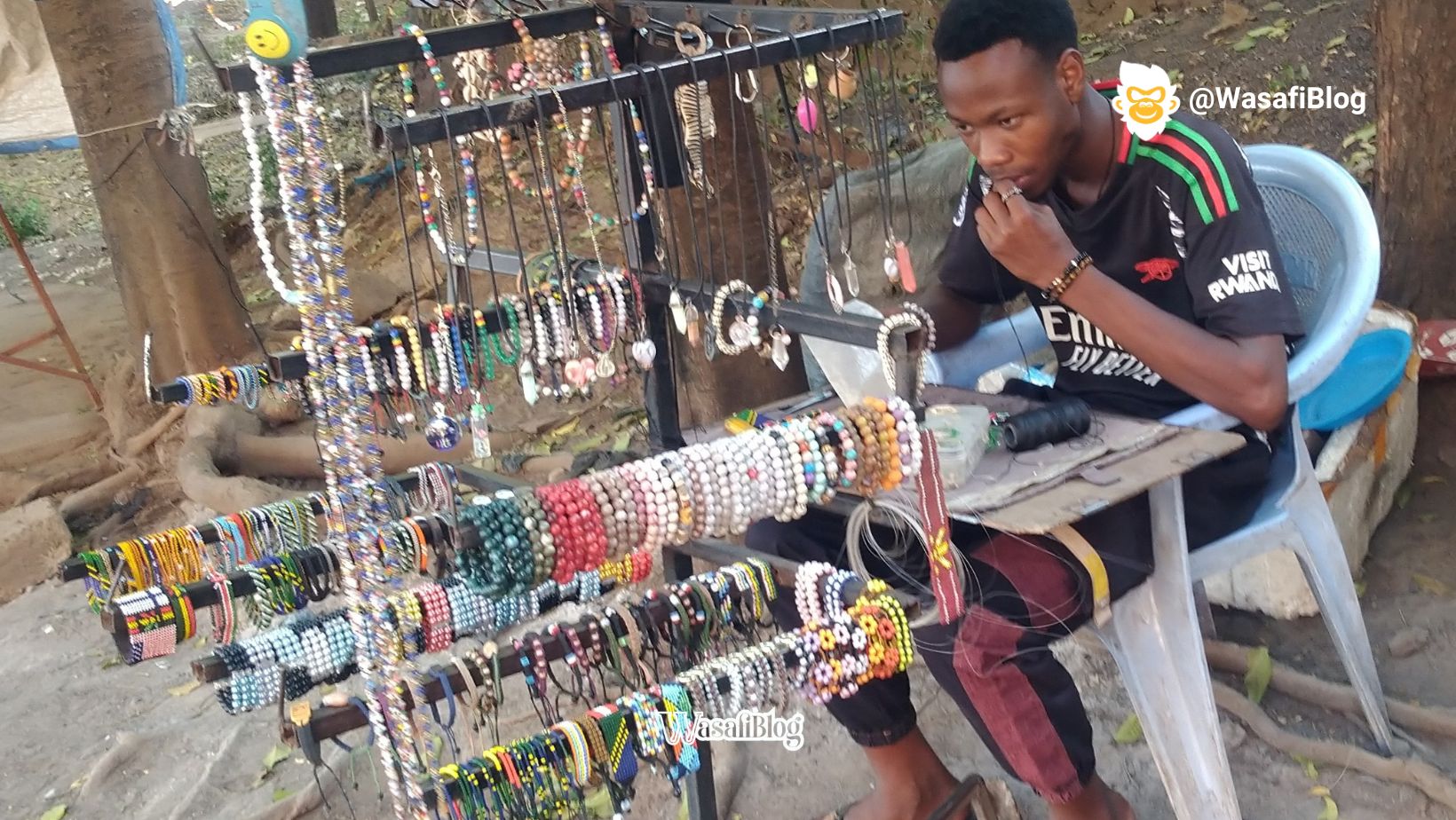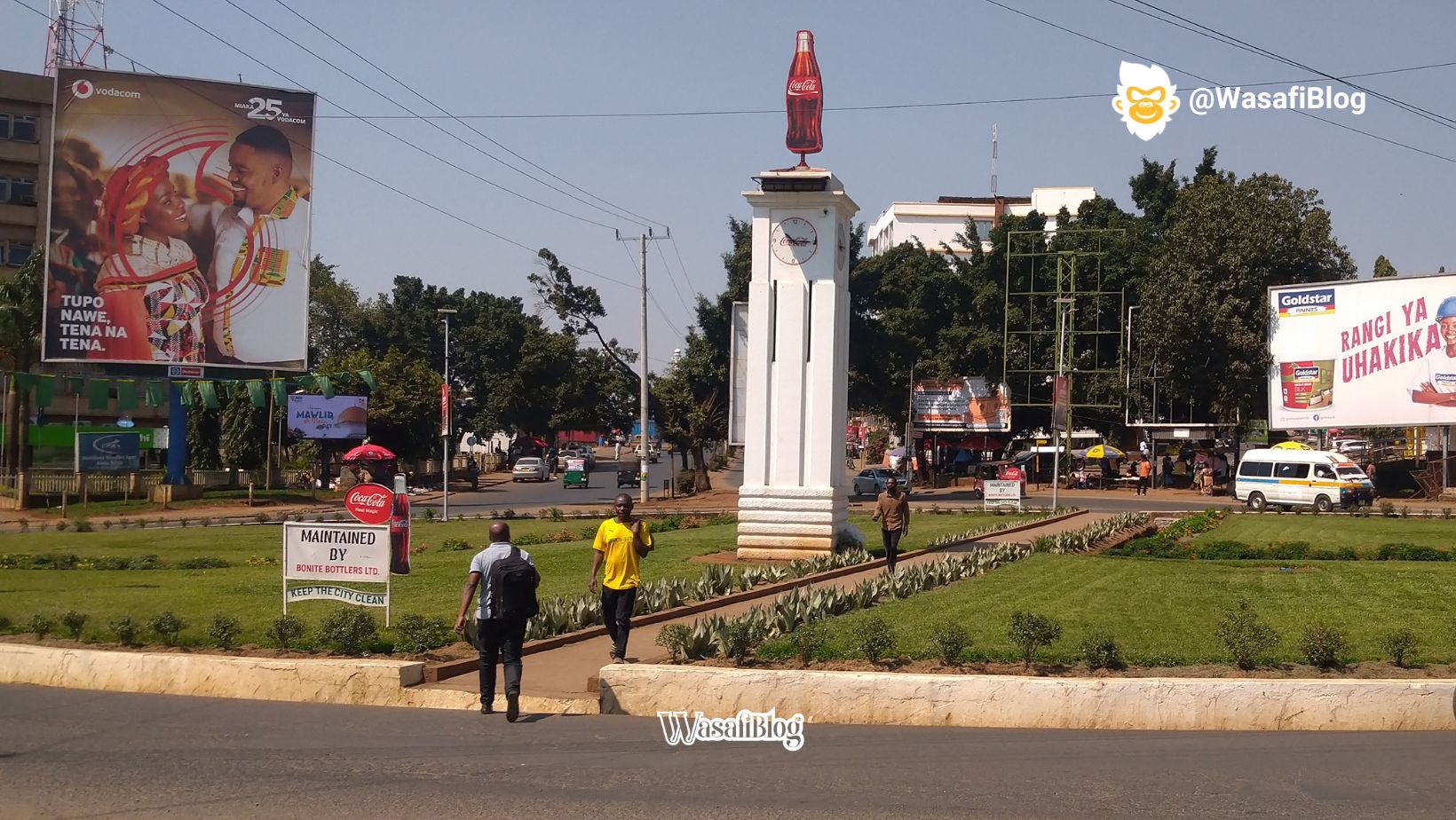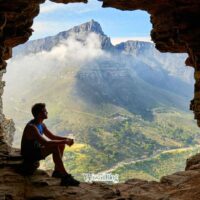Standing on the snow-dusted crater rim of Mount Kilimanjaro, watching the sunrise over the African plains, is a life-changing experience. However, reaching Uhuru Peak, the “Roof of Africa,” is a serious undertaking that requires rigorous training, and—crucially—the right gear packing checklist. As you trek from lush rainforest to arctic tundra in a matter of days, your equipment becomes your most trusted ally against the elements.
The conditions on Kilimanjaro change dramatically as you climb higher. You’ll start in a warm, humid forest, move through moorland, and end up in a cold, almost arctic desert near the summit. Getting your gear right for these wild shifts is vital. If you’re planning your climb for the 2025 season, start thinking about your packing now.
Kilimanjaro Clothing Layers: The Foundation of Your Comfort
Your clothing on Kilimanjaro isn’t just about fashion; it’s about survival. The key to staying comfortable across varying temperatures is a smart layering system. This approach allows you to add or remove items easily as the weather demands, keeping your body temperature just right.
Base Layer (Wicking Away Moisture)
Your first line of defense against the chill is what you wear closest to your skin. These layers need to wick sweat away from your body. Look for materials like merino wool or synthetic fabrics, which dry quickly and keep you warm even if they get a little damp. Bring a few long-sleeve tops and a pair of matching bottoms for daily wear.
Mid Layer (Insulation and Warmth)
Your outer layers are your shield against wind, rain, and snow. A waterproof and windproof jacket is a must-have. Think Gore-Tex or similar breathable materials. You’ll also need waterproof trousers to keep your lower half dry. Make sure these layers allow sweat to escape so you don’t feel clammy inside.
Summit Gear: The Final Layer of Defense
Summit night is the coldest part of your trek, so special gear is needed. You’ll want a very warm, thick down jacket, often called a “summit jacket.” Insulated trousers are also crucial for your legs. Don’t forget a balaclava or a very warm hat that covers your ears and neck. This is where every bit of warmth counts.
The Ultimate Kilimanjaro Gear Packing Checklist
We’ve broken down the list into logical categories. Use this as your definitive Kilimanjaro packing checklist.
Technical Clothing (Head to Toe)
Headwear
- Warm Beanie/Toque: A fleece-lined or wool beanie is essential for cold evenings and the summit push.
- Sun Hat / Cap: A wide-brimmed hat is vital for protecting your face, ears, and neck from the intense equatorial sun.
- Balaclava or Buff: Incredibly versatile. Use it for sun protection on your neck, as a dust mask, or pulled up over your face for warmth on summit night.
Upper Body
- Base Layers (x2-3): Lightweight, long-sleeve merino wool or synthetic shirts.
- Mid-Weight Fleece or Softshell Jacket (x1): Your primary insulating layer for most of the trek.
- Heavyweight Insulated Jacket (x1): A thick down or synthetic “puffy” jacket is crucial for the frigid temperatures on summit night and at camp.
- Waterproof/Windproof Shell Jacket (x1): Your protection from the elements. Look for high-quality materials like Gore-Tex. It must be fully waterproof, not just water-resistant.
- T-shirts / Short-Sleeve Shirts (x2): For the lower, warmer sections of the climb. Again, choose moisture-wicking materials.
Hands
- Lightweight Gloves/Liners (x1 pair): For cool evenings and lower altitudes.
- Heavyweight Waterproof Mittens/Gloves (x1 pair): Absolutely essential for the summit. Mittens are generally warmer than gloves.
Lower Body
- Trekking Trousers (x2 pairs): Lightweight, quick-drying, and comfortable. Convertible zip-off pants are a great option.
- Waterproof Shell Pants (x1 pair): To be worn over your trekking pants during rain or on the windy, cold summit. Full-length side zips are a huge plus for putting them on over boots.
- Fleece-Lined Trousers or Thermal Leggings (x1 pair): Your insulating layer for your legs on summit night. Worn under your shell pants.
- Underwear (5-7 pairs): Moisture-wicking options are best.
Footwear
- Broken-In Hiking Boots (x1 pair): This is your most important piece of gear. They must be waterproof, offer good ankle support, and—most importantly—be well broken-in. Do not show up with brand-new boots.
- Camp Shoes (x1 pair): A pair of sneakers or Crocs to wear around camp, giving your feet a break from your hiking boots.
- Hiking Socks (x4-6 pairs): Quality wool or synthetic hiking socks of varying weights.
- Thermal Socks (x1-2 pairs): Heavy, warm socks specifically for the summit push.
Bags & Luggage
- Duffel Bag (80-90L): This bag will be carried by your porter. It must be durable and water-resistant. Porters often carry these on their heads, so a soft-sided duffel is mandatory (no suitcases).
- Daypack (30-40L): You will carry this every day. It should be large enough to hold your daily essentials: water, snacks, shell layers, camera, sun cream, etc. A rain cover for your daypack is essential.
- Dry Bags or Packing Cubes: Use these inside your duffel to compartmentalize gear and, most importantly, keep it 100% dry.
Sleeping Gear
- Four-Season Sleeping Bag: You need a bag rated to at least -10°C (14°F). Down is lighter, while synthetic performs better if damp. This can often be rented.
- Sleeping Bag Liner: Adds extra warmth and keeps your sleeping bag clean.
- Inflatable Pillow (Optional): A small luxury that can make a huge difference in your sleep quality.
Trekking & Hiking Gear
- Trekking Poles: Crucial for saving your knees on descents and providing stability. Highly recommended.
- Headlamp: Mandatory. You will live in this at camp after dark and during the pre-dawn summit ascent. Bring extra batteries.
- Water Bottles or Hydration Bladder: You need to carry 3-4 liters of water. A combination of a hydration bladder (like a CamelBak) and a Nalgene-style bottle works well, as bladders can freeze on summit night.
- Sunglasses: Essential. At altitude, UV exposure is extreme. Choose high-quality, 100% UV-protection sunglasses, preferably glacier glasses with side protection.
Health & Hygiene
- Personal First-Aid Kit: While your guides will have a comprehensive kit, consinder bringing your own blister treatment (moleskin), pain relievers, antiseptic wipes, bandages, and any personal medications.
- Prescription Medications: Include altitude sickness medication (e.g., Diamox) if prescribed by your doctor.
- Sunscreen (SPF 30+): The sun is particulaly strong at high altitude.
- Lip Balm with SPF: To prevent cracked and sunburnt lips.
- Toiletries: Toothbrush, toothpaste, biodegradable wet wipes (for “showers”), hand sanitizer, and deodorant. Keep it minimal.
- Toilet Paper: Remove the cardboard core to save space. Keep it in a ziplock bag.
Documents & Money
- Passport, Visa, and Travel Documents: Keep copies in a separate location.
- Cash: For tipping your guides, porters, and cook. This is a very important part of the Kilimanjaro culture. US dollars are preferred.
- Travel Insurance Information: Ensure your policy covers trekking up to 6,000 meters.
Electronics & Miscellaneous
- Power Bank: To keep your phone and camera charged. Solar chargers work, but can be unreliable.
- Camera and/or Phone: To capture the memories.
- Snacks: While meals are provided, having your favorite high-energy snacks (nuts, energy bars, candy) is great for morale and a quick energy boost.
- Book, Journal, or E-Reader: For downtime at camp.
Renting vs. Buying Gear
For first-time high-altitude trekkers, the cost of gear can be daunting. Luckily, many key items can be rented in Moshi or Arusha.
- Good to Rent: Bulky or expensive items you may not use again, Such as four-season sleeping bags, trekking poles, and heavyweight jackets/pants.
- Must Buy/Bring: Personal items that require a good fit. Your hiking boots, socks, and base layers should be your own.
Final Pro-Tip
Pack your daypack as if your duffel bag might not arrive at the camp on time (a rare but possible scenario). This means always carrying your waterproof shell layers, some warm clothing, your headlamp, water, and essential medications with you.
Packing for Kilimanjaro is your first step towards the summit. By carefully selecting your trekking gear, you are not just packing a bag; you are investing in your own safety, comfort, and success. Now, get packing, and we’ll see you at the top

